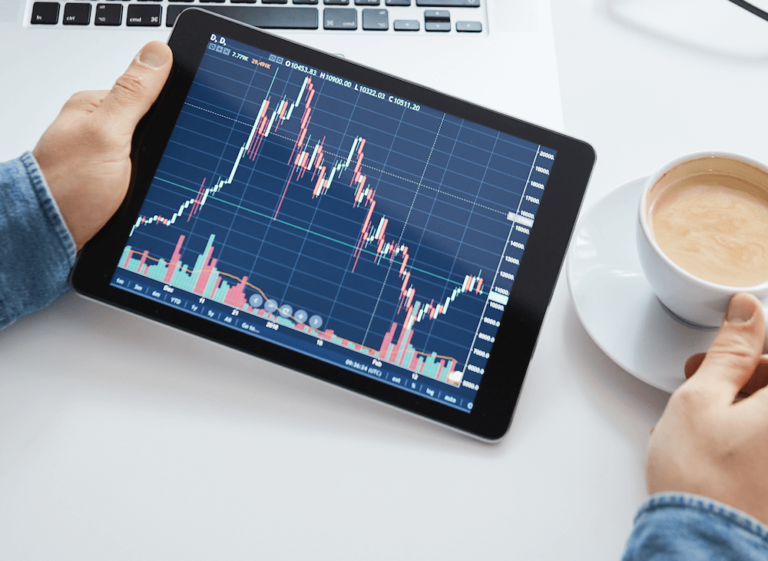 Many people who take advantage of their 401(k)’s or IRA’s really have no idea where they are putting their money. They understand that they have some mutual funds, but they do not really understand what a mutual fund even is. Since a good investor is an informed investor, taking two minutes to learn about how a mutual fund is made can lead to making much wiser decisions.
Many people who take advantage of their 401(k)’s or IRA’s really have no idea where they are putting their money. They understand that they have some mutual funds, but they do not really understand what a mutual fund even is. Since a good investor is an informed investor, taking two minutes to learn about how a mutual fund is made can lead to making much wiser decisions.
The overall market is made up of stocks and bonds. The problem with individual issues of stocks and bonds is that if a person puts money into one company, and the company fails, they have lost all the money they invested. The only thing they can hope for is to write off the loss on their taxes the following year. Since it is so risky to buy individual issues from one company, and a lot of work to track down several companies, mutual fund companies do all the hard lifting. They will go in and buy hundreds and thousands of shares of numerous different companies. They will then package them all together, and sell them as a mutual fund. So when an investor buys one share of a mutual fund, he or she is actually buying a portion of a share of a large number of individual companies (the number of underlying shares will vary by mutual fund).
In order to provide a neatly packaged set of stocks and bonds, the mutual fund incurs expenses. They have to pay for all the trades they make, as well as managers to put the fund together. These expenses are passed on to the investor. For any actively managed fund there will be up-front sales charges as high as 5.75% (these are often waived in a 401k plan). So putting in $100 only nets $94.25. The theory is the management of the fund will provide better returns than a passively managed fund, thus recouping the sales charge. Once a person owns a fund, there is an internal expense ratio too. The ongoing expenses range from .1% to 1.5% per year, they are simply the cost of using the fund. But there are ways around the majority of the fees. An index fund, one that will closely follow the stock or bond market index, will often be issued without a sales charge, and some of the lowest internal expenses available. The downside is that the investor can expect returns that are just under those of the index.
The biggest advantage of a mutual fund is that it allows for diversification. Rather than risk a lot of money on one company, the fund will spread the money around. So if one company fails, the funds value will not drop significantly. But while the biggest advantage is diversification, the biggest disadvantage is dilution. If one company does extremely well, the fund will only increase marginally.
So how does one go about picking which mutual funds to use? First they must decide whether or not to use actively managed funds or passively managed funds. Then choose a fund company, one that is large and well-known will provide the most stability. Looking up each fund on Morningstar.com will show how the fund relates to other similar funds, provide a history of how well the fund has performed in the past, as well as disclose all fees. From there it is simply a matter of selection and talking with one’s advisor about adding it to their portfolio.


4 Comments
Comments are closed.